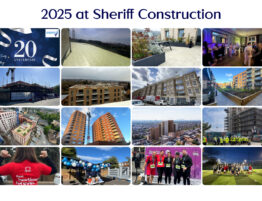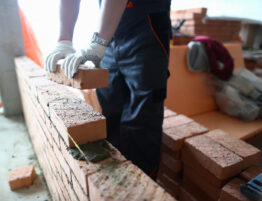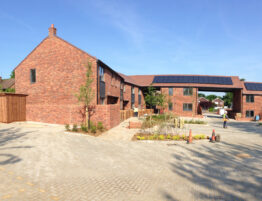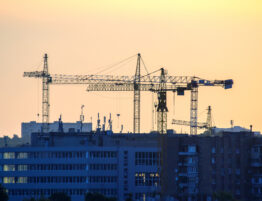
As cities around the world grapple with the twin pressures of population growth and environmental decline, architects and planners are turning to a novel solution: vertical forests. Integrating thousands of trees, shrubs and plants into their facades, these high-rise buildings bring the promise of cleaner air, cooler cities and a stronger connection with nature.
But while projects like Milan’s Bosco Verticale and Singapore’s Oasia Hotel Downtown dazzle with their leafy exteriors, some experts have questioned whether the benefits live up to the hype or if they’re simply architectural ‘greenwashing.’ Read on to learn more.
What are vertical forests?
Vertical forests are more than buildings adorned with greenery. Pioneered by the architect, Stefano Boeri, the concept aims to transform high-rises into living ecosystems. Trees, shrubs and plants are embedded directly into balconies and facades, contributing to biodiversity, reducing urban heat and filtering polluted air – all without expanding the city’s footprint.
The first built example, Bosco Verticale in Milan, incorporates over 900 trees and 20,000 plants across two residential towers. As well as softening the skyline, these green layers function as privacy screens, noise buffers and natural air filters.
Several other cities have since embraced the vertical forest idea. The Nanjing Vertical Forest in China features twin towers covered in over 1,100 trees and thousands of cascading plants. In Singapore, the Oasia Hotel Downtown is wrapped in a living red facade of flowering vines and greenery that climbs up the entire structure. Meanwhile, One Central Park in Sydney uses 250 species of Australian flowers and plants, with vines and leafy foliage springing out between floors and incorporates a hovering cantilever at its crown (containing the tower’s most luxurious penthouses).
Each of these examples reflects a different climate, culture and approach to integrating nature vertically into urban architecture.
The environmental promise
Beyond their striking appearance, vertical forests promise a host of environmental benefits. These buildings aim to function as miniature ecosystems within the city, countering some of the negative impacts of a dense urban development. Though still relatively new, they are being closely studied for their potential to reshape how cities manage pollution, temperature and biodiversity.
Supporters point to a host of measurable environmental benefits, including:
- Air quality: Vertical forests absorb CO₂ and produce oxygen. Bosco Verticale alone captures 30 tons of CO₂ annually.
- Cooling effect: Vegetation helps regulate temperatures via transpiration, countering the urban heat island effect.
- Noise reduction: The layered vegetation dampens city noise.
- Energy efficiency: Shading from greenery can cut air conditioning use in summer and improve insulation in winter.
But are there any downsides?
Critics of vertical forests urge caution. “People get excited about a few showcase buildings,” says Daniel Safarik of the Council on Tall Buildings and Urban Habitat, “but it’s still early days.” For vertical forests to scale, they must overcome some significant challenges:
- Weight and structure: Green facades require robust, reinforced materials – often concrete-heavy – which has its own carbon footprint.
- Maintenance: Trees don’t trim themselves. Ongoing care, irrigation and access can pose logistical and privacy hurdles.
- Cost: Building and maintaining a vertical forest is significantly more expensive than traditional green infrastructure.
And then there’s the matter of how much of an impact they can actually have. Todd Gartner of the World Resources Institute says: “In isolation, the environmental benefits are minimal. We need to integrate nature at scale – not just on trophy buildings.”
Designing for function, not just fashion
Jock Gammon, co-founder of Junglefy, believes vertical forests can work if they are designed with purpose. At One Central Park, for example, gardens are irrigated using recycled blackwater, and sewage is used to fertilise plants. “All living infrastructure needs a function beyond looking beautiful,” he says.
Green walls that genuinely clean air, reduce building heat and recycle waste show the potential of this model – provided the greenery is part of a holistic environmental strategy rather than a marketing statement.
What’s next?
The future lies not just in more green buildings, but in smarter green buildings. Automated irrigation systems, sensors to monitor plant health and low-maintenance native species could make vertical forests more scalable. At the same time, our cities need policy frameworks that support vertical greening – and not just in relation to luxury developments, but also in social housing, schools and public infrastructure.
As urban populations swell and climate threats intensify, we must rethink how buildings interact with their environment. Vertical forests won’t fix cities alone – but they have the potential to be one branch of a much larger solution.
What do you think? Tell us your thoughts on vertical forests or other green building practices by commenting over on our Facebook or LinkedIn pages.
22.04.2025
Feature image: Sun God /Shutterstock.com








